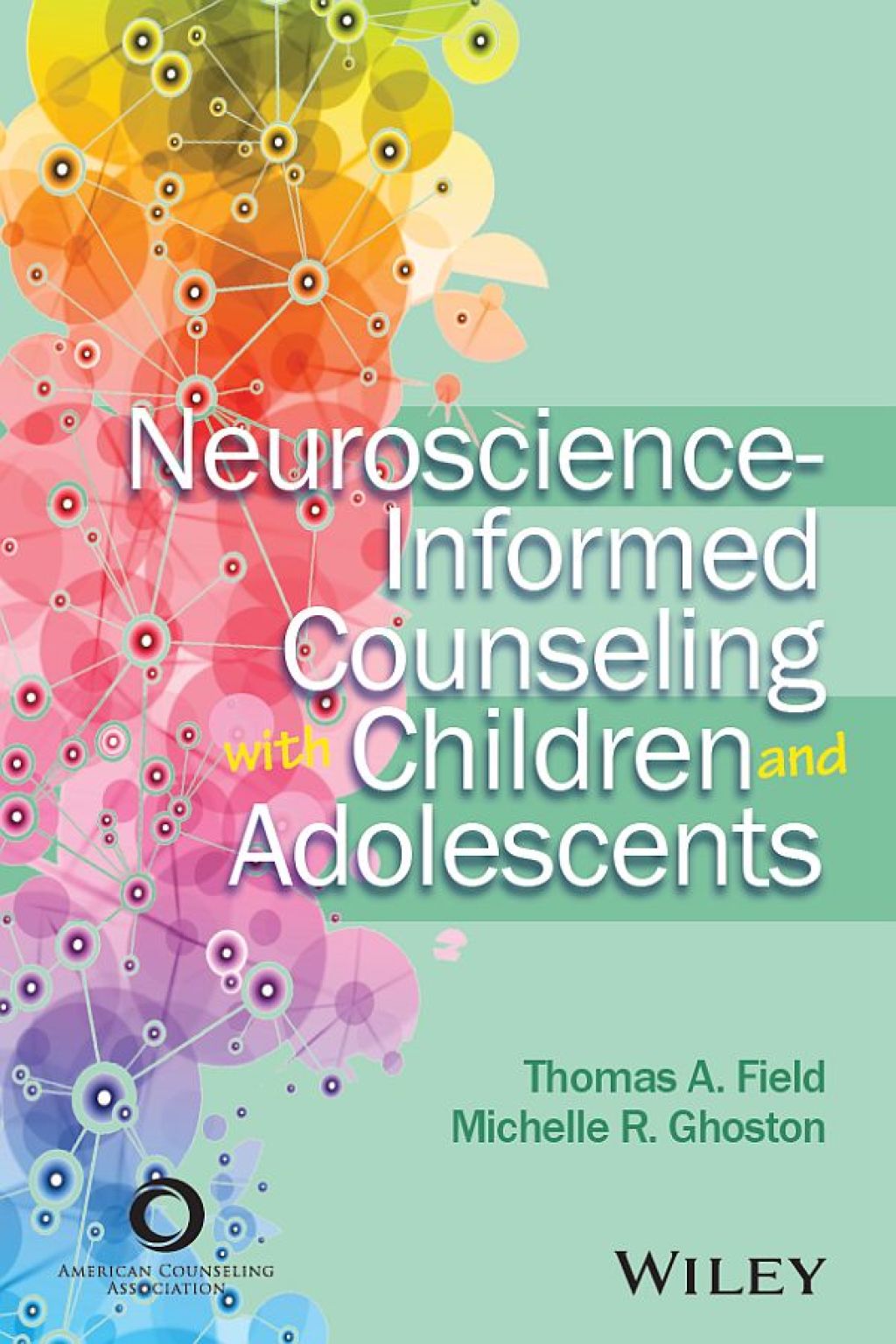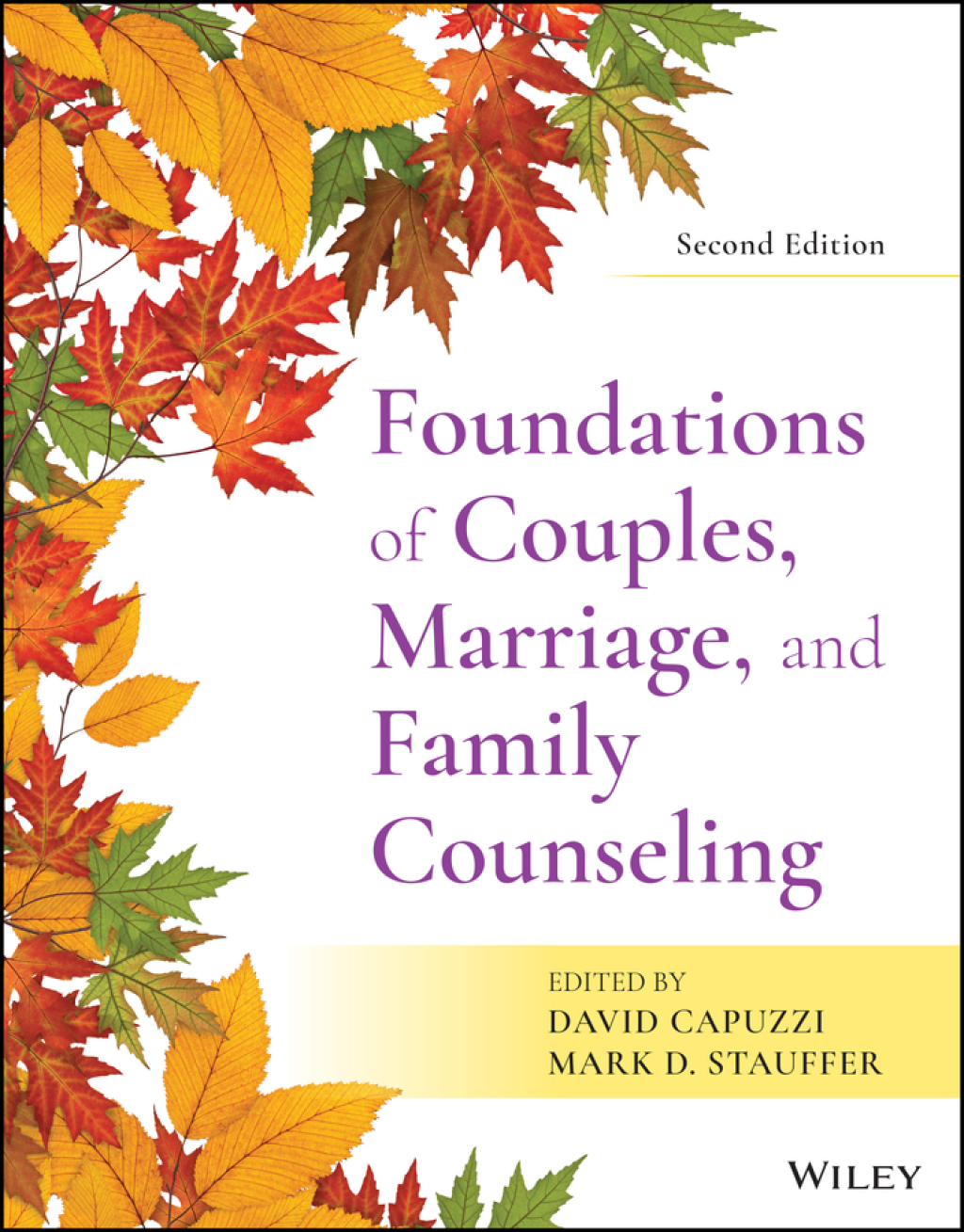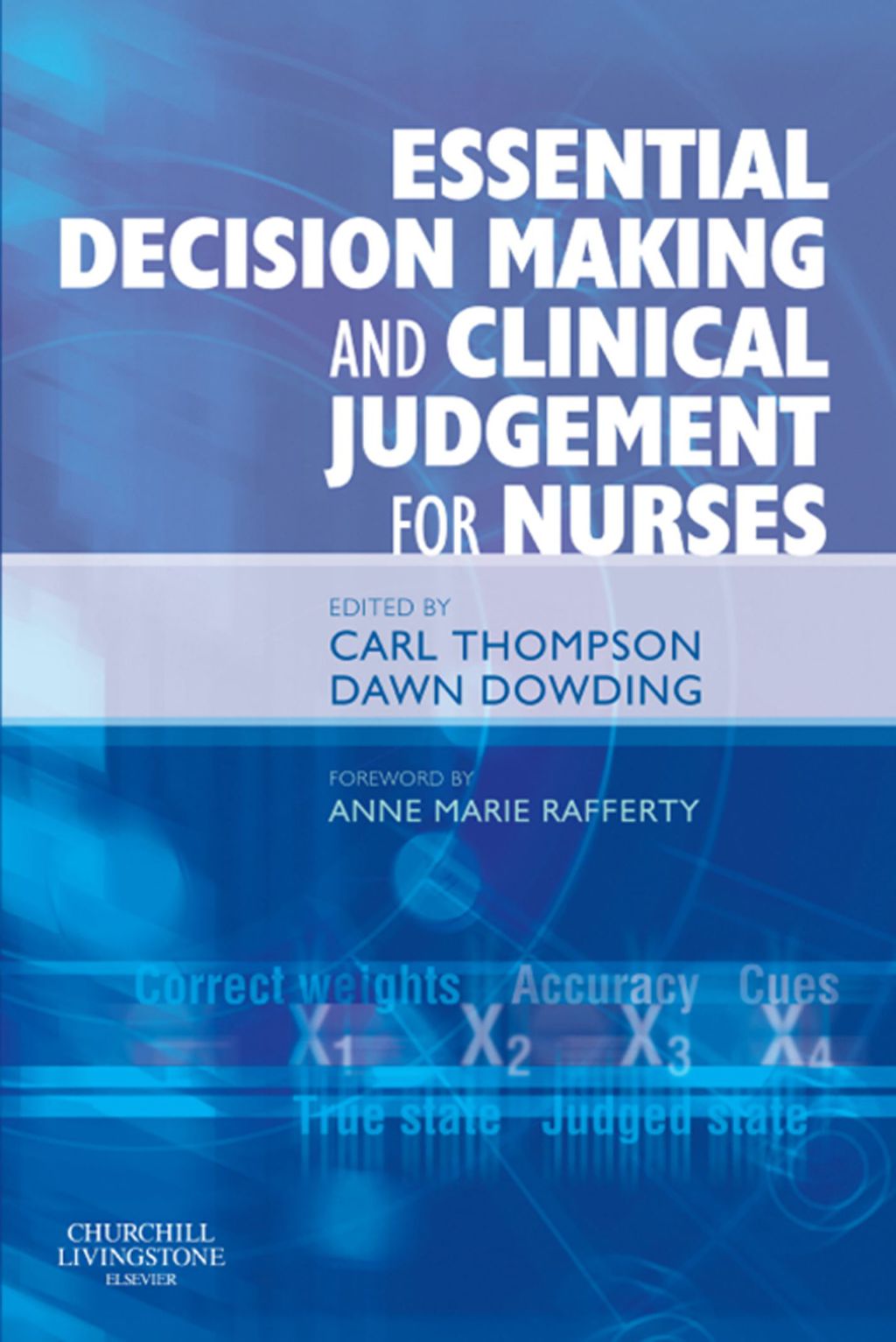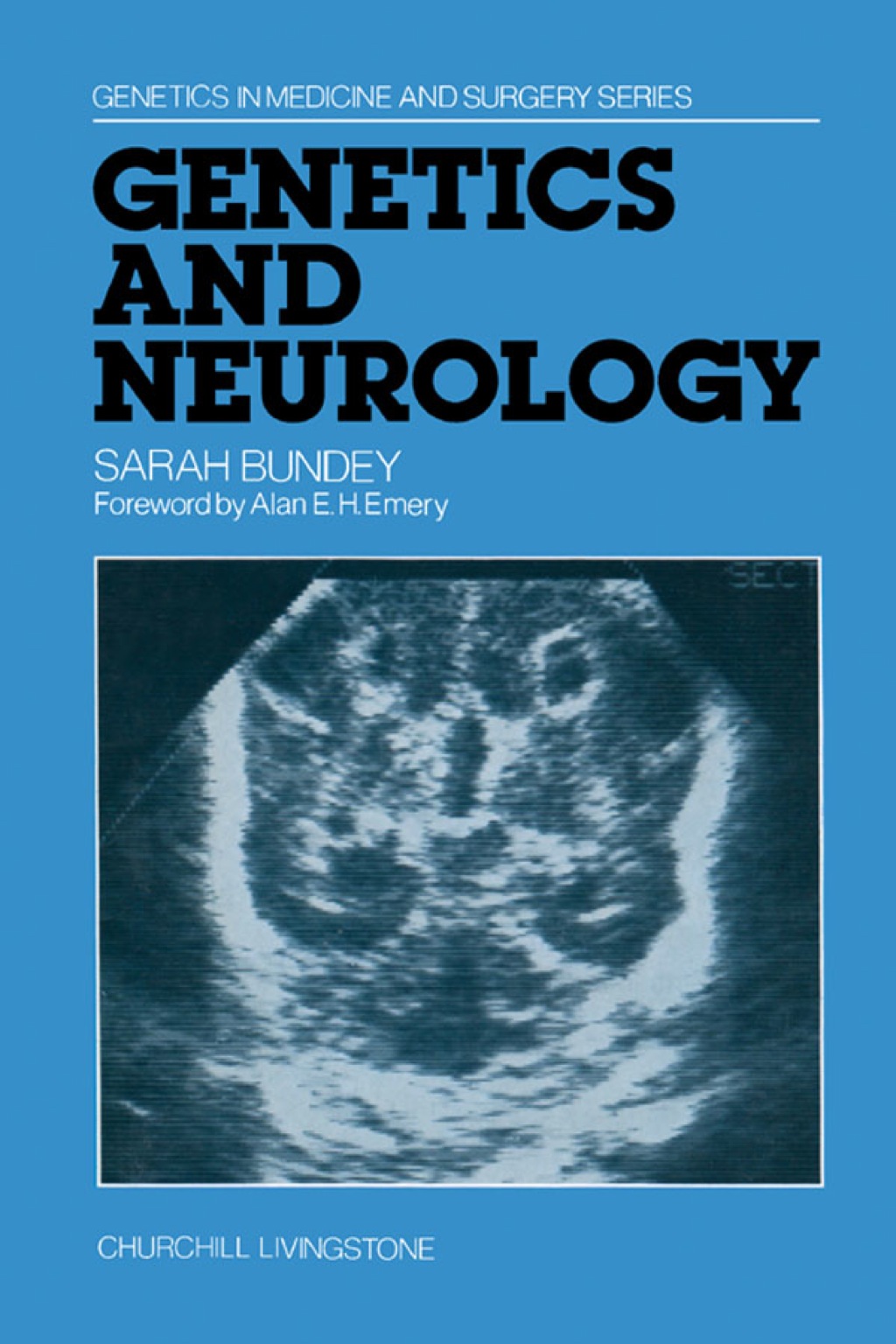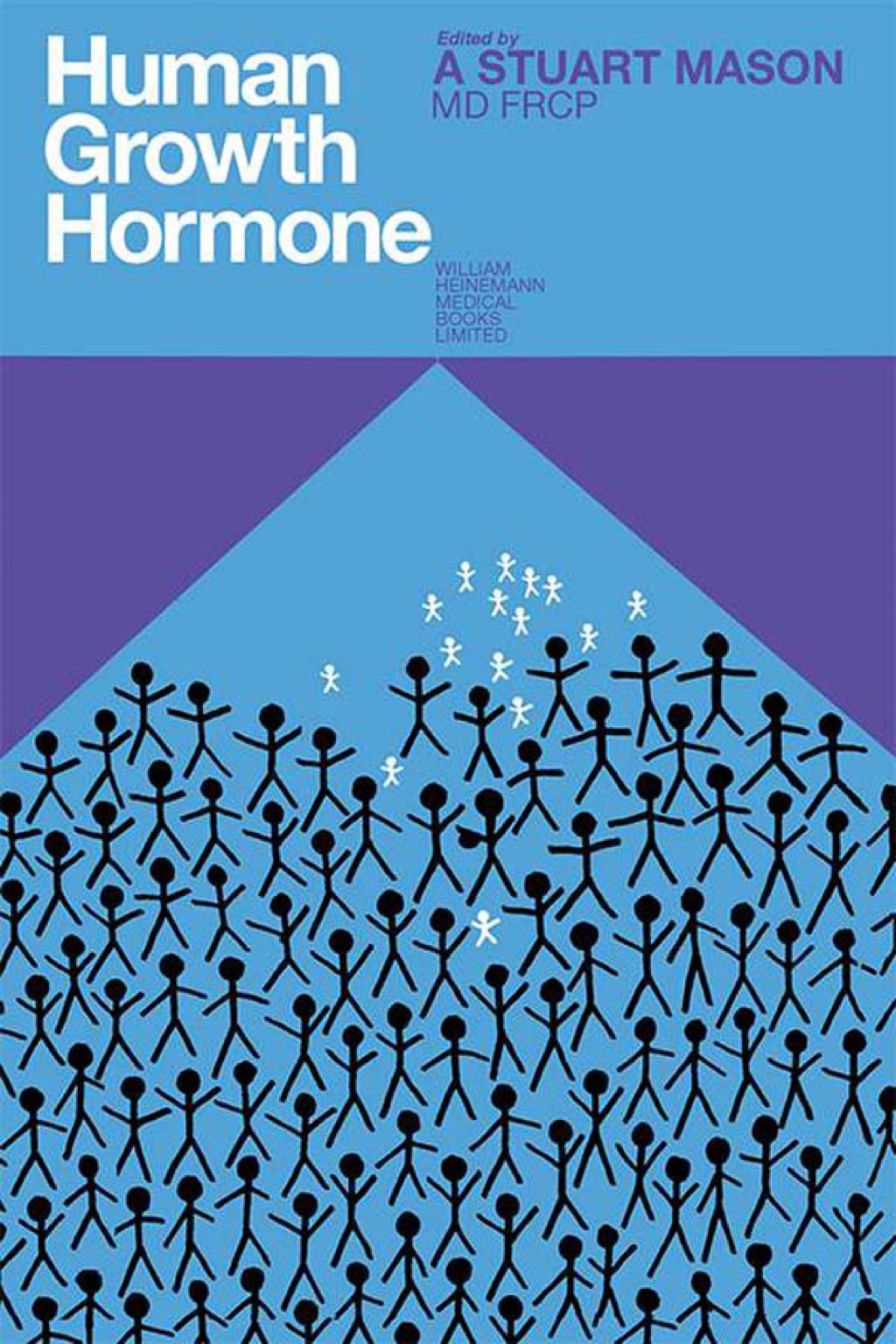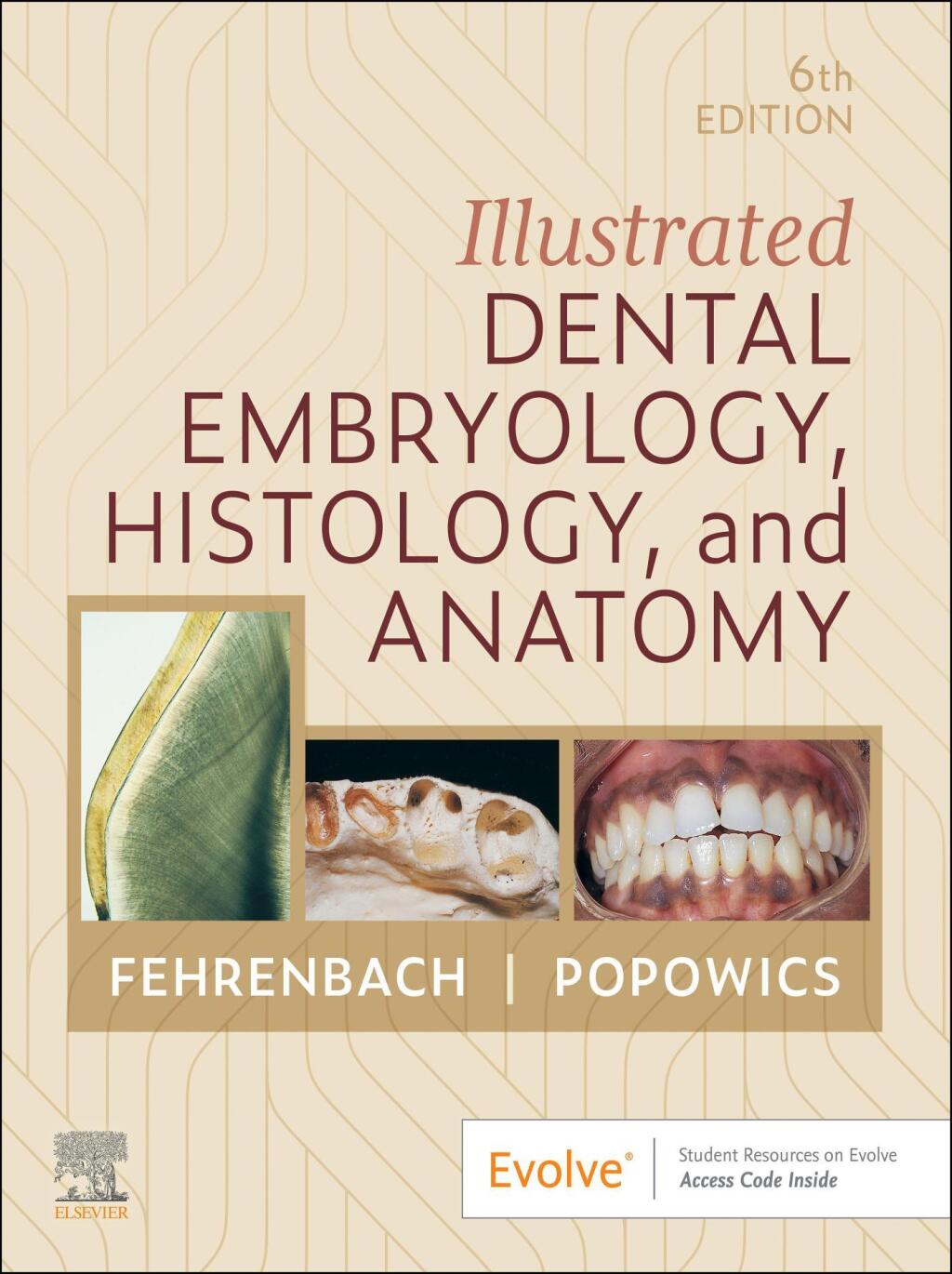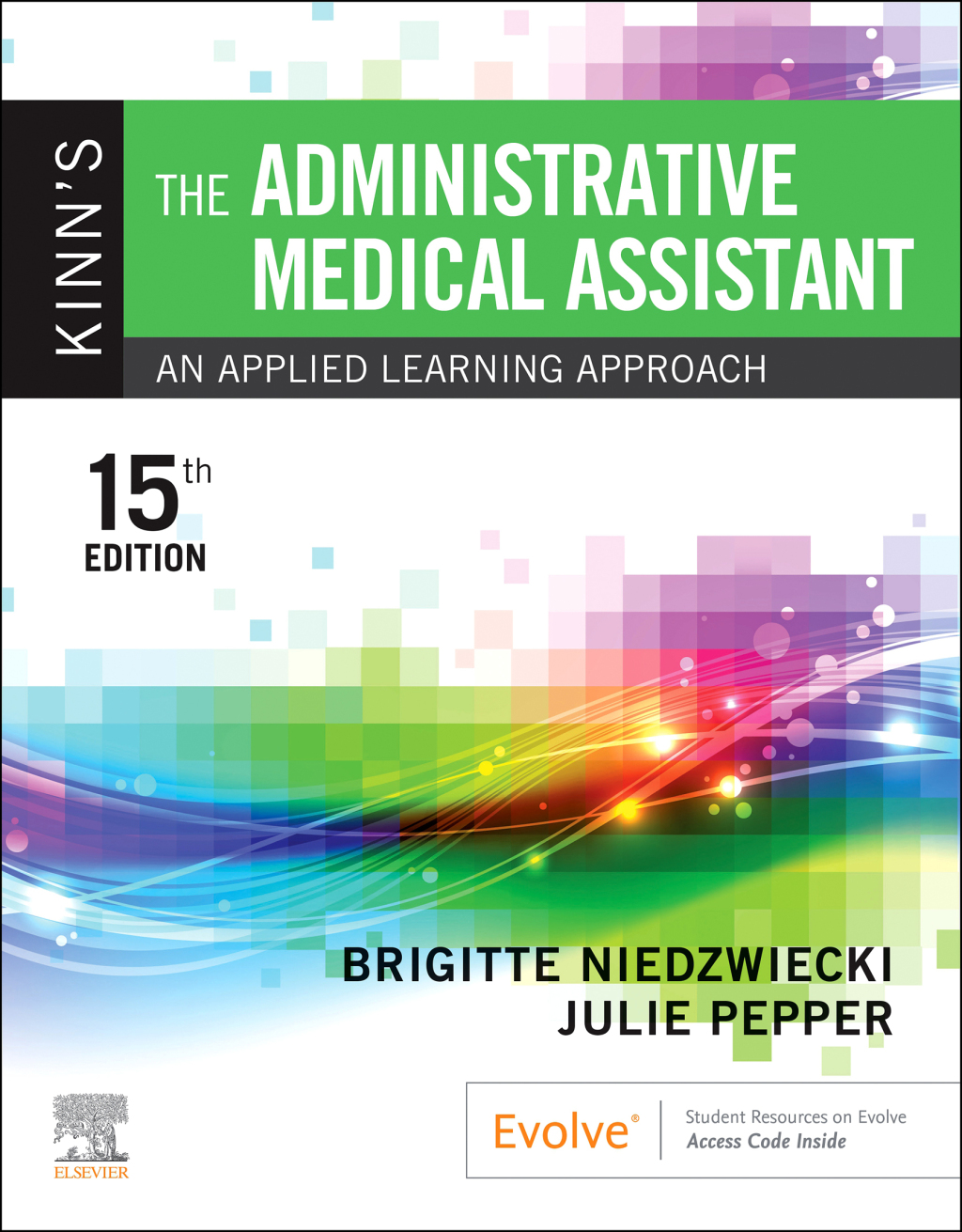“Now more than ever, this text is needed. The authors do a wonderful job of tackling the topics most critical in counseling trauma survivors. The resilience-based perspective and the focus on prevention is refreshing and reinforces the idea that people are survivors who are able to thrive even in the darkest and most difficult of times. This book is essential reading for all counselors.” –Victoria E. Kress, PhD, Youngstown State University
“This book provides an exceptional review of the contemporary sociopolitical issues, historical perspectives, and clinical skills critical to effective crisis and trauma healing. Incorporating issues of power, privilege, culture, ecological context, and relational dynamics affords a unique perspective and makes this resource a must for anyone working in the area of trauma and crisis.” —Frederic P. Bemak, EdD, Professor Emeritus, George Mason University, Founder and Director, Counselors Without Borders
This introductory text integrates evidence-based models and best practices with relational-cultural theory, which is responsive to the many forms of traumatic stress and tragedies that clients experience. It is a unique contribution that emphasizes the power of the connections counselors form with clients and communities in crisis and the means by which counselors can intervene, inspire growth, and promote healing during times of tragedy and loss.
Readers will gain vital skills as they learn real-life approaches to crisis work with diverse populations in a variety of settings, including individuals, families, communities, students, military personnel, violence survivors, and clients who are suicidal. The authors provide strength-based, trauma-informed applications of cognitive behavioral therapy, behavioral therapy, neurofeedback, mindfulness, and creative practices. In addition, each chapter contains compelling case examples, multiple-choice and essay questions, and key topic discussion prompts to guide student learning and promote classroom discussion.

